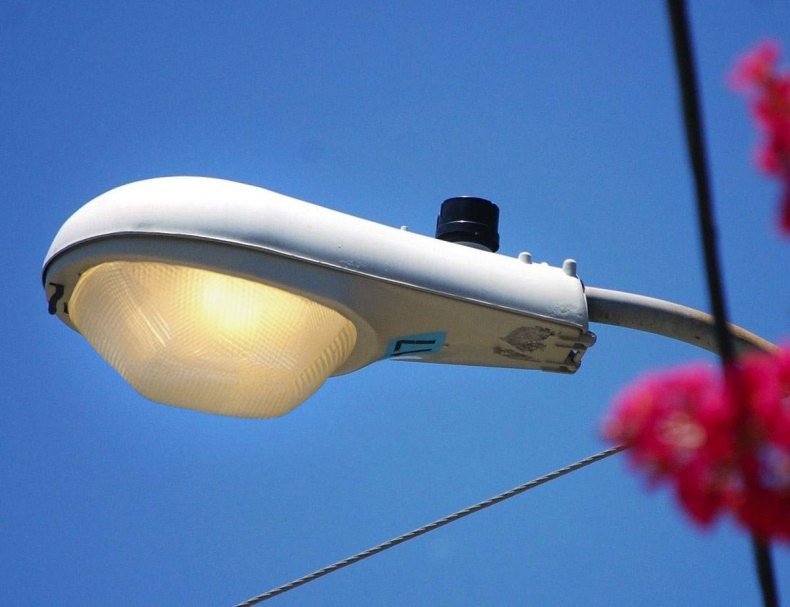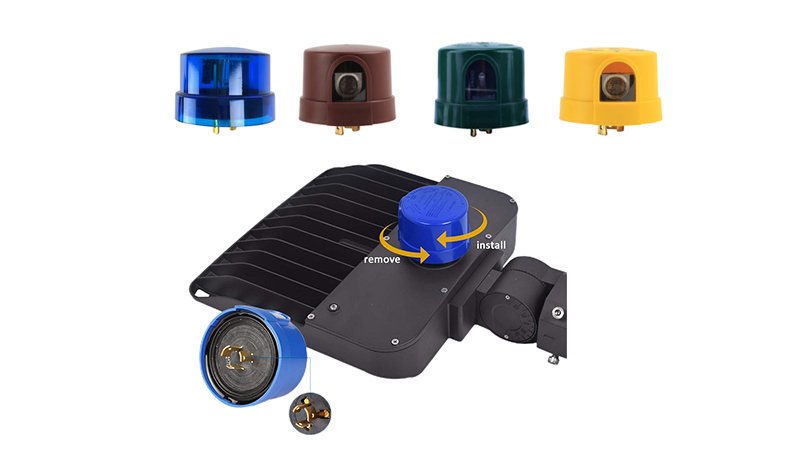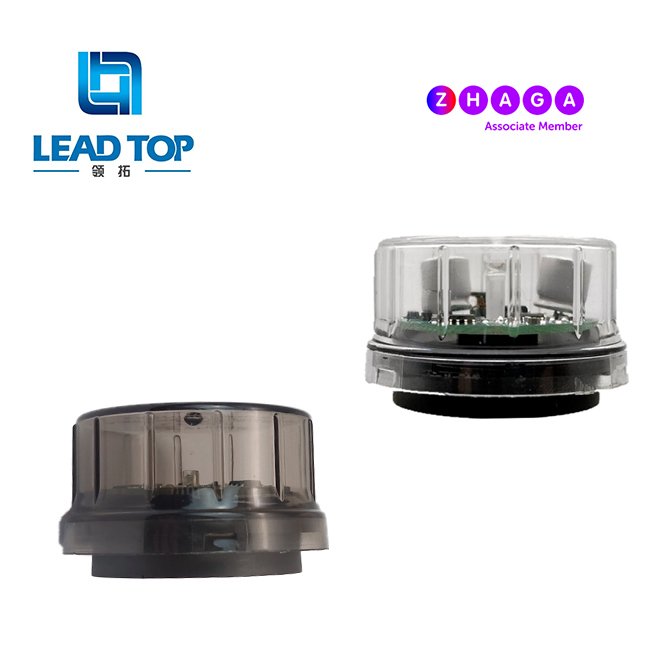Meta Description
Lets have a candid comparison between timers and photocells for streetlights based on budget, energy efficiency, longevity, and maintenance needs to select the best option.
Introduction
In larger cities and metropolis, street lighting is an integral part of urban life. It is essential for ensuring safety on busy streets by enhancing visibility for both pedestrians and drivers. Streetlights that provide continual visibility help reduce the occurrence of accidents while adding to the beauty of the cities.
With technological advancements, there have been seriouss efforts to increase the efficiency of street lights while making them more convenient to operate. Moreover, increased emphasis is being paid to make street lights more energy efficient.
In addition to that, since maintaining, repairing, and troubleshooting the street lights is a labor-intensive process, street lights need to be operated through a mechanism that is easy to maintain and cost-effective and requires less frequent maintenance.
In view of these considerations, a couple of commonly used options for street lights will be weighed in this article. Let us give you a detailed comparison of photocell sensors and timers to find out which one of these is a better option to use in streetlights.

Photo control Timer
What is a Photocell Sensor?
Let us first have an introduction about what a photocell sensor is and how it works, so we can weigh its efficacy for streetlights in particular.
Definition and Working Principle
Photocells also known as dusk-to-dawn sensors are devices that are sensitive to light. They have a semiconductor at their heart, that detects the level of ambient light and when it reaches a defined threshold, the Daylight sensor turn the connected lighting system off. Similarly, when the ambient light level falls below a threshold, the photocell sensors turn the lights on. Their ability to detect light intensity makes them suitable to be used for equipment that needs to be automated according to the changing level of sunlight e.g. the streetlights.
Benefits of Photocell Sensors
- Energy Saving: dusk-to-dawn sensor are energy-efficient devices. They help conserve energy by automatically turning the light off when there is enough ambient light for the appropriate level of visibility. They make sure the lights are not turned on unnecessarily when the sunlight is already enough.
- Reduced Human Intervention: with their automated operation, guided by ambient light level, there is no need for manual operation. Thus, they add to convenience.
- Longevity and Durability: Photocells typically have a long lifespan and they do not require a lot of maintenance and are hence cost-effective.
What Is A Timer for Streetlighting?
Definition and Working Principle
A timer is a device that uses a preset schedule to turn the connected systems on or off. Among a lot of other applications, these are used in streetlights to turn on the light at a specific time at dusk and turn them back on according to the set time at dawn.
In contrast to photocell sensors, timers rely on time, and not on ambient light level, for turning the lights on and off.
Benefits of Timers
Simple Controls: timers are comparatively simple devices when it comes to configuration and installation. They can be easily configured for set times for the known schedules of predictable light schedules and hence provide automation without complicated settings.
Cost-Effective: Timers are usually cheaper than other devices like photocells used for street lighting. Moreover, their installation is simple and doesn’t require highly trained labor, making them even more affordable.
Reliability: timers are very reliable as their operation is not affected by environmental conditions like weather. Moreover, seasonal changes do not impact their set schedules.
Comparing Photocell Sensors vs Timers
Let us now have a candid comparison between both the photocell sensors and timers for streetlights based on important citeria.
Energy Efficiency
Photocells: Since their function is primarily based on assessing the level of ambient light, photosells are very efficient at making sure that the lighting system remains off when there is no need for it and hence they are highly energy-efficient.
Timers: Timers have fixed schedules, irrespective of the level of ambient light. Since they have nothing to do with the ambient light level, they might, at times, allow the lighting to stay on even when there is enough ambient light and hence cause power wastage.
Operational Flexibility
Photocells: They base their operation on real-time conditions and adjust accordingly, hence allowing for greater flexibility as the ambient light changes.
Timers: Timers do not operate according to the real-time stimuli and their operation only follows the set schedule. Hence they don’t offer flexibility.
Maintenance and Longevity
Photocell Sensors: photocells typically are reliable and do not require frequent maintenance. This is because they don’t have many moving parts. So they seldom face issues under normal circumstances.
Timers: As compared to photocell sensors, timers may need more frequent maintenance and regular monitoring. You might need to repair or replace them more often as compared to photocells.
Initial Cost
Photocells: they ask for comparatively higher upfront costs as they use advanced technology. But they help save costs in the longer run due to their energy efficiency, low maintenance requirements, and longevity.
Timers: timers are typically cheaper than photocells and do not require a lot of upfront amount. This makes them a budget-friendly option to start with.
Which One is Better for Street Lighting?
While both options have their strengths and weaknesses, what’s best for you depends on some important considerations.
Project Size and Budget
Are you up to a large project and prioritizing long-term savings? In such cases, Outdoor light NEMA sensors might be the right choice. However, if you are planning for a small project that doesn’t ask for complex controls, timers would be a cost-effective choice.
Environmental Factors
In the regions that witness a considerable variation in daylight duration and intensity, Twilight sensor will have adapt to the conditions better and offer optimal energy saving as well. This is also true for the regions that have longer summers or winters.
Maintenance Preferences
If you are looking for an option that requires minimum maintenance and enhanced durability that doesn’t call for frequent configuring or troubleshooting, you should prefer Dawn-to-dusk sensor over timers.
Cost Vs Value
While timers are more affordable and do not call for huge upfront, Photocell switch are more durable and offer adaptability along with long term cost-saving.
Use Cases and Examples
Timers
- Areas with known and fixed working hours e.g. from 9 am to 5 pm can use timers for the lighting system, turning on at dusk and going off aa little after 5.
- For areas dedicated to hosting certain events or festivals, timers can be used in the surrounding streetlights according to the time of the event.
- Residential areas with consistent times of daylight can make use of timers in streetlights.
Photocells
- Lighting on highways can use photocells for guaranteed visibility even during fog and other low visibility instances.
- Remote areas where frequent configuration and intervention is not possible can make use of photocells for automatic adjustment to daylight.
- Areas like coastal regions or where storms and cloudy weather is a norm, photocells can auto adjust according to the changing weather and ambient light.
Conclusion
Choosing between timers and dusk-to-dawn sensors for streetlights requires careful consideration of several key factors, such as budget, durability, and the scale of your project. While timers are cost-effective, easy to configure, and ideal for areas with fixed lighting schedules, photocell sensors offer significant advantages in terms of energy efficiency, operational flexibility, and long-term savings. Photocell sensors are especially well-suited for dynamic lighting needs, as they automatically adjust to changing ambient light conditions, ensuring optimal performance throughout the year.
Ultimately, if you’re seeking a solution that adapts to varying light conditions, promotes energy savings, and requires minimal maintenance, a photocell sensor is the best choice. It provides enhanced versatility and is a smart investment for both short-term and long-term lighting needs.







